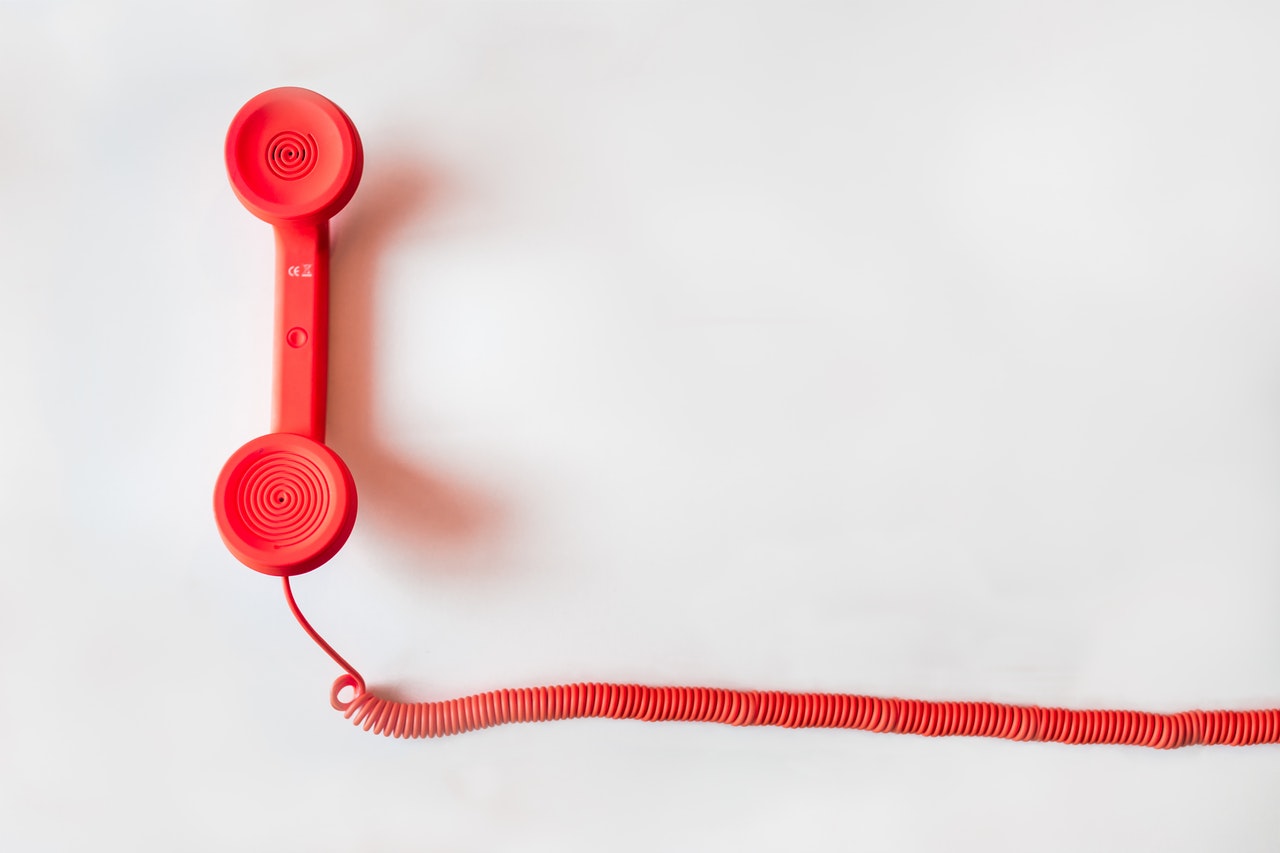
When it comes to pricing, you have three major obstacles to overcome:
- If you price too high, you’ll price yourself out of the market.
- If you price too low, you’ll cheat yourself out of the potential revenue you could be making. Plus, you’ll damage your reputation because prospective customers will wonder why you’re charging so much less than everyone else– how can you possibly offer value at an unbelievably low price point?
- If you piggyback on the pricing of your competitors, you’ll trigger analysis paralysis. Prospective customers who are currently with your competition won’t see the point of leaving one similarly priced item for another, so they’ll stay put.
Yep, pricing can be a big headache… but it doesn’t have to be. In order to find the right price, you’ve got to understand buyer psychology. What makes a buyer tick? What compels them to click “buy” or “subscribe”?
In this post, we’re delving into the science behind the perfect price. Let’s get started.
Pricing Is Not About Affordability
First things first, let’s tackle the number one misconception concerning pricing. The whole “Your price should be affordable” is a myth.
To get philosophical for a moment, what does affordable mean, anyway?
Starbucks proves that affordability is relative. The same person who complains when McDonald’s raises coffee prices from $1 to $1.29 can routinely afford a $4 cup of coffee at Starbucks. And here’s the kicker: in countless blind taste tests, like this one, people actually prefer the taste of the McDonald’s coffee.
What’s the moral of the story?
People will convince themselves to pay more if they believe they’re getting more in value. Because Starbucks has a reputation for offering a premium product, customers willingly pay more even if their tastebuds betray them in a blind taste test.
It’s all about how you sell your product, which brings me to my next point:
Pricing Is About Positioning
Your mission, if you choose to accept it, is to convince your prospective customers that your product is worth the price you’ve designated. Remember that it’s not about finding an acceptable price that your customer is willing to pay.
Think about the similarities between a Rolex and a Timex. They both tell time. They both go on your wrist. But one costs $30 and the other costs $3,000. Why?
Even if unicorns are making Rolex watches, a 10,000% difference is astronomical. The only logical reason for such a huge leap in price is positioning. Rolex is able to market themselves as a prestigious brand that can also impart its esteemed reputation on to its customer.
You can apply this same strategy of positioning on your own products or services. Whether you build off of your own reputation, as does Starbucks and Rolex, or you focus on the benefits, you can position your product to sell for a higher price than that of your competitors.
But, if you’re relatively unknown in the marketplace, you won’t be able to use your reputation. In this case, get specific about the benefits. Tackle how much your customers will save in time, effort, and frustration by buying your product. You can use this list of benefits to justify your higher price.
Focus on how the product will improve the customer’s life– not on how inexpensive it is compared to your competitors. When you compete on price, you’ve already lost.
Offer a Money Back Guarantee
All transactions are risky, but the more you can minimize risk, the more compelling your offer.
The best way to minimize risk is to offer a money back guarantee. Not only does it build trust with your customer, it also sets them up for a win-win situation. So if the customer tries your product and loves it (or doesn’t love it), they’ll still be protected from any negative financial consequences.
And think of it this way: if the customer requested it, you’d normally give them their money back anyway. By offering this assurance upfront, you can minimize hesitation.
End the Price With 9
There’s a reason why so many prices end in the digit “9”. It’s scientifically proven that the odd number of 9 makes consumers feel like they’re getting a bargain or a discount. So, if you’re struggling between a price of 100 or 99, go with the latter or, better yet, go even higher to 109.
Don’t believe me? Check out this study conducted by Gumroad. Gumroad found that a price ending in .99 cents converted better than a whole dollar amount.

But don’t get married to the price. For some retailers, it makes more sense to go with a whole number, especially in the SaaS space where ending a price in .99 may come across as gimmicky. So, in that case…
… It’s Okay to End the Price With 0
According to this study conducted by Monica Wadhwa and Kuangjie Zhang for Journal of Consumer Research, rounded numbers are more easily processed. Numbers such as 80 or 960 appeal to the emotions and “feel right” when compared to numbers like 83.47 or 967.21. One reason may be that rounded numbers didn’t require extra cognitive processing.
But be careful not to end in too many zeros. Ending a price with .00 can actually make a product seem more expensive. It’s the difference of $40.00 vs $40. It may seem subtle, but every single detail can affect our decision to purchase.
Also, avoid commas in your pricing (i.e. 1,460). The brain has a tendency to read such numbers as one thousand, four hundred sixty. However, if you simply remove the comma (1460), the brain sees it as fourteen sixty. It’s another subtle shift– this time in how many syllables you process. The more syllables you say, the more expensive it seems.
Rely on the Multiplication Table
This is going to sound crazy, but simple elementary arithmetic can actually persuade customers to purchase your product. It’s called the Fluent Processing of Numbers, and if you really want to dive into the research, check out this study here.
The TL:DR version is this:
Using the multiples of the price in your marketing is both psychologically pleasing and compelling. In this study, pizza was advertised at $24. Testers preferred when the marketing included mathematical factors of this price (in the case of 24, the factors were 3, 4, 6, 8). It was better to say “8 toppings” instead of the ambiguous and incalculable “unlimited toppings”.

But why?
According to the research, including prime factors of a price satisfies the brain’s ability to quickly process the information and calculate whether it’s a good deal or not. On a primal level, if everything makes sense (8 toppings x 3 pizzas = $24), then the price is acceptable.
So, if you charge $90 for 3 sessions of 30 minutes, or $90 per month for 6 users and 15 GB of space, it feels right to our calculating brains.
But don’t go overboard with your multiples. You’re not trying to recreate A Beautiful Mind here. Remember that this option is another simple way of making your price look good to your customers.
Offer Installment Plans
Customers love installment plans. There’s something so appealing about being able to chip away at a huge price a little at a time. You can also use this to make your product seem more affordable.
To many customers, a monthly payment of $99 is a lot more agreeable than a one-time payment of $1080, even if they’re actually saving more by paying upfront. So offer the option, if you can. You’ll get more consideration.
Additional Resources
Before you go, check out these related posts:


